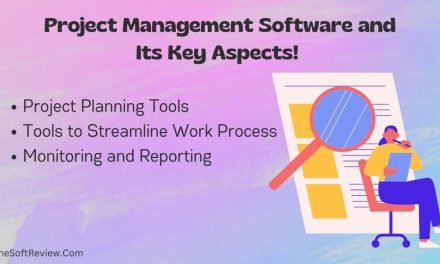
Top 6 Project Management Methodologies to Lean on in 2024
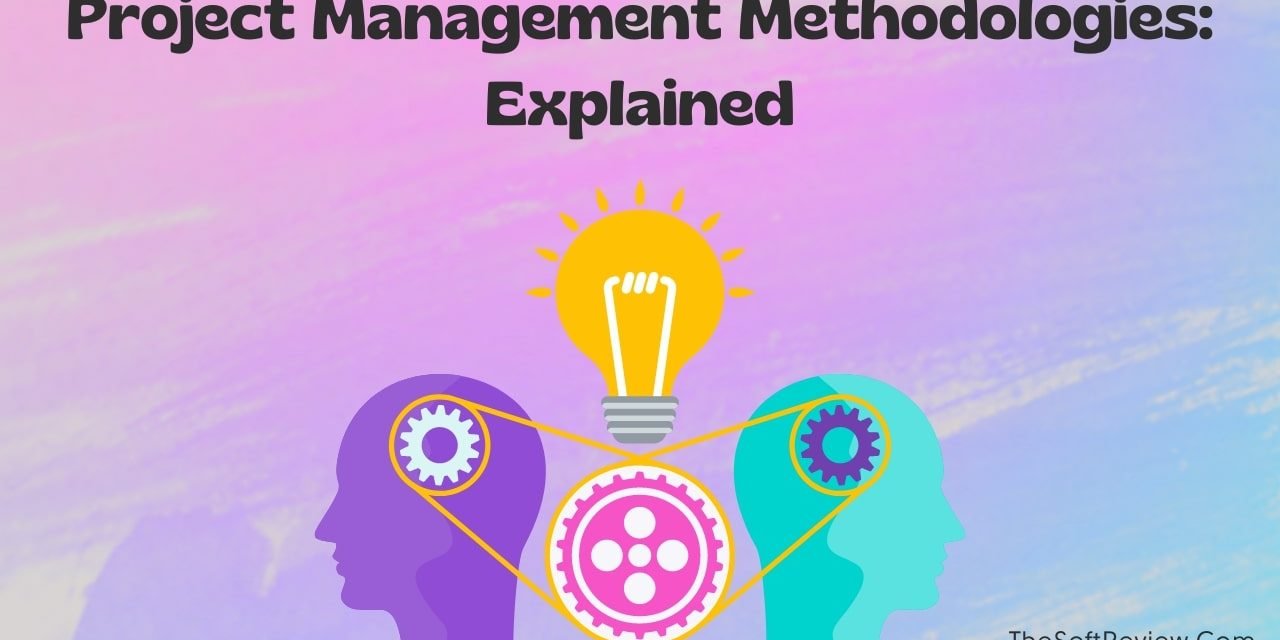
When the workload increases, as a project manager, staying aligned with the team and focusing on each task can seem difficult! And one wrong decision can affect the project’s outcome.
But don’t worry; we can reduce the risk of failing a project with the right approach! Experienced project managers have shared how they manage their projects (project management methodologies) so that no one has to go through it alone.
And in this post, we will discover the top six project management techniques and explain how they work with their benefits and drawbacks, so you can learn and select the best method for your projects.
What is Project Management Methodology? The Top 6 PM Methodologies to Learn
Project management methodologies are rules, principles, or frameworks developed by skillful project managers that guide other project managers to complete their projects more efficiently. We can define project management methodologies as the life-sustaining advice that a project manager can get almost for free.
Here are the six most commonly used project management methods:
1. Waterfall Methodology

The waterfall methodology is a linear and sequential way of managing projects following a definite plan. It is a classic project management method that was first used in manufacturing and construction.
The idea is that you break your plan into small tasks and only start a task after finishing the previous one. And the progress flows downwards through the phases, much like a waterfall.
Here are the steps that define how waterfall project management works:
a. Understanding the project: First, the project team discusses with the stakeholders and gathers all the requirements and objectives of the project.
b. Design: The next step is creating an informed plan to build the solution, breaking it into small tasks, and getting stakeholders’ approval.
c. Implementation: The team works according to the plan, finishing one task before you move on to the next and monitoring the progress.
d. Testing: The project is completed by then, and the team tests the result. It includes measuring how much the team has achieved according to the plan.
e. Deployment: The project team finishes the project and hands it over to the owner.
Also, providing ongoing maintenance and support is a part of the method.
Advantages of Using Waterfall:
- The method requires clear and definite planning before a start, so it helps project managers to ensure better implementation and predictability.
- As each phase is completed before moving to the next, it makes it easy for the team to understand, follow, and track progress.
- The method helps to note all the steps, ensuring a reference (documentation) for future work.
Disadvantages of Waterfall:
- Not flexible for every project as it does not allow for changes in the plan once the project has started.
- If one phase gets delayed, the other phases can not be started, so sometimes it ruins some time.
Who should adopt Waterfall:
Organizations that prefer upfront planning, a structured and sequential approach with clearly defined roles and responsibilities, can benefit from adopting the Waterfall methodology—for instance, construction projects or standardized product development with a longer time frame.
2. Agile Methodology

The Agile project management methodology refers to a customer-first approach with 12 principles where the entire team works collaboratively with the customers and meets the project requirements.
Unlike the waterfall method, a project team delivers small parts of the plan and finishes the project life cycle. The idea is to collaborate with the stakeholders to solve a problem with an outcome that you and the stakeholder don’t know how the solution would look.
Here’s how Agile project management methodology works:
First, you create an imaginary plan and break it into small parts called sprints, and follow the steps below for each sprint:
- Plan
- Communicate and Implement
- Test
- Review
After completing the first sprint, the project team has to meet with the stakeholders’ feedback. Once everything is fully proven, the team starts working on the next sprint and follows the same procedure.
For different projects, the agile methodology has many frameworks. Here is a brief of the top three frameworks of the Agile method:
I. Scrum: Scrum is a popular Agile framework that emphasizes daily meetings and getting feedback from stakeholders.
The Scrum process usually works as the Agile method, and each sprint lasts two weeks and contains short daily get-togethers called “daily scrum meetings.”
II. Kanban
Kanban is another Agile framework that shares many similarities and dissimilarities with Scrum. It involves using visuals like boards to show work progress in real time-
- What are the running tasks
- What is yet to be done
- And what has been completed
The Kanban method helps Agile teams improve processes by visualizing the workflow and finding bottlenecks.
III. Extreme Programming (XP)
Extreme Programming (XP) is an agile approach that values communication and collaboration within the team. XP follows basic principles such as simplicity, communication, feedback, respect, bravery, and planning and testing guidelines to make it work.
Advantages of Agile Project Management:
- Agile methodology allows project managers to work on changes in project requirements, accommodating unexpected challenges and embracing new opportunities.
- The method ensures close collaboration between team members and customers and delivers the desired outcome quickly.
- It embraces continuous improvement, allowing teams to refine and optimize their work processes.
Limitations of the Agile Method:
- There is little upfront planning, which can lead to scope creep or unclear priorities, and it can be challenging to predict project completion time.
- Success with Agile project management requires an experienced and dedicated team who can embrace its 12 agile principles.
Who Should Adopt Agile:
Agile methodologies suit projects with rapidly changing requirements and unpredictable challenges, such as software development or innovative product design.
3. Lean Six Sigma
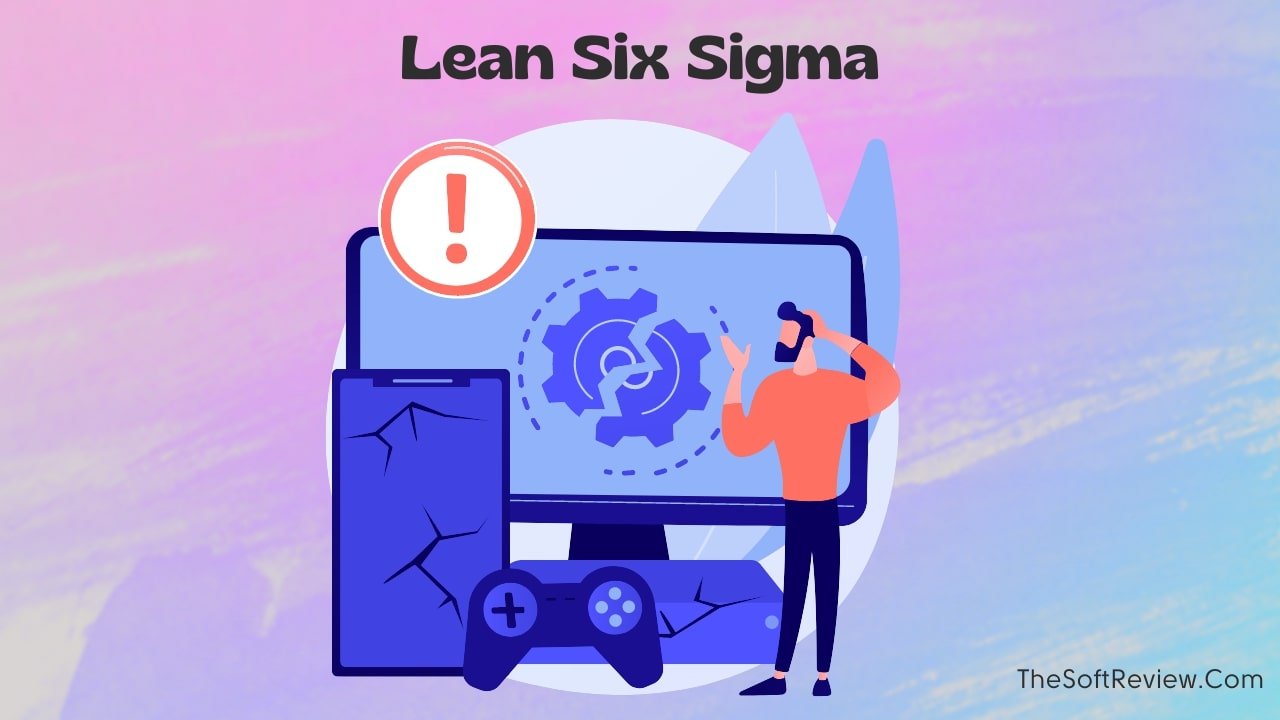
The Lean Six Sigma project management method combines two well-known business process improvement methodologies: Lean project management and Six Sigma.
Combining the two methods aims to eliminate waste and defects to improve efficiency and meet customer expectations. Here is how Lean project management and Six Sigma works together:
a. Listening to the customers: means understanding what the customer considers valuable and at which price!
b. Remapping the operation stream: It involves analyzing the entire process, identifying any non-value-added steps that can be eliminated, and aligning the project’s goals with those values. Such as discovering why the production process is taking longer, the causes of defective products, and more.
c. Creating flow: This phase involves harnessing the max potential of the employees and minimizing delays and interruptions to establish a smooth workflow.
d. Pursuing perfection: entails improving the workflow and producing according to customer demands.
Advantages of Using Lean Six Sigma:
- The lean methodology helps organizations reduce waste and defects and use the full potential of their employees without hampering their satisfaction, which results in improved efficiency.
- Following Lean helps organizations produce high-quality products while focusing on delivering value to customers.
- By eliminating non-value-added activities and optimizing processes, organizations can reduce costs associated with materials, labor, and time.
Limitations of Lean Six Sigma:
- Implementing Lean Six Sigma methodology may require significant changes to an organization’s culture and processes, which can be a substantial initial cost and met with resistance from employees or stakeholders.
Who should adopt Lean Six Sigma:
Manufacturing companies prioritizing continuous improvement and looking to increase efficiency and reduce waste in their projects can adopt the Lean Six Sigma methodology.
4. PRINCE2
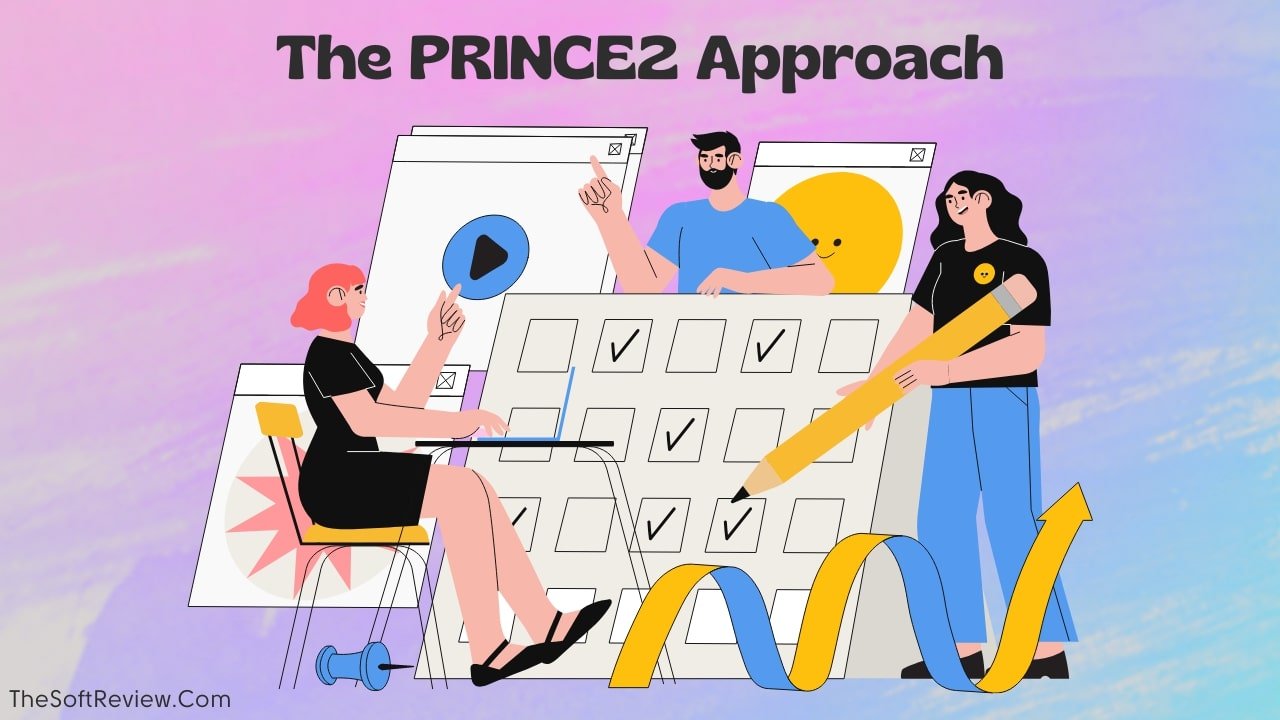
PRINCE2 (Projects In Controlled Environments) is a widely used project management methodology comprising seven principles, themes, and processes. It provides a framework for managing projects in a controlled and organized way.
Here is a brief of how the PRINCE2 method works based on its seven principles, themes, and processes:
a. Justify and gather stakeholders: Starts by creating a business case to identify the project’s purpose and knowing what stakeholders want.
b. Develop a detailed plan: It denotes developing a detailed project plan, including timelines, budgets, and resources required.
c. Assign roles and responsibilities: It involves assigning roles and responsibilities to the project team, ensuring everyone knows what they’re responsible for and what is expected.
d. Monitor and manage: It means continuously monitoring and managing the project, assessing risks, and making necessary adjustments.
e. Review project progress regularly: Regularly review progress against the plan and adjust the plan as necessary.
f. Deliver required outputs: Deliver the project outputs or products to meet the required quality standards.
g. Conduct formal review and learn: Upon completion of the project, conduct a formal review to capture lessons learned and identify opportunities to use in future projects.
Advantages of PRINCE2 methodology:
- Provides a structured approach to project management, supported by a large community of certified practitioners and a comprehensive set of templates, tools, and techniques
- It is widely recognized and used in public and private sectors and focuses on products, deliverables, and business objectives.
- Emphasizes the importance of continuous business justification
Disadvantages of PRINCE2 methodology:
- It can be complex and time-consuming to implement, particularly for smaller projects. And it may also require a significant organizational cultural change to be fully adopted and embraced.
- Requires a high level of management and administrative support, which can be resource-intensive.
Who should adopt the PRINCE2:
IT, finance, healthcare, government, and other organizations that require a well-structured and precise framework for defining and managing roles, responsibilities, and communication can adopt the PRINCE2 method.
5. Critical Path Methodology
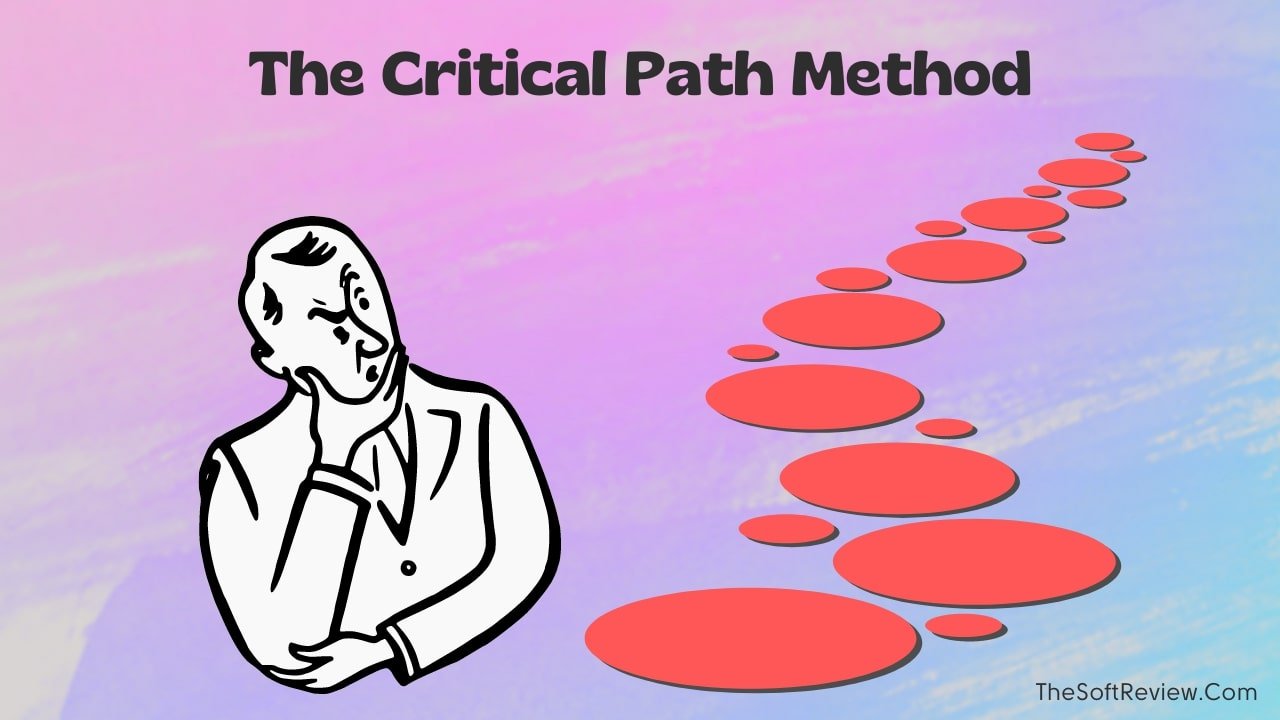
The Critical Path Method (CPM) is an activity-oriented method of project management used to figure out the most important tasks to finish on time so the project can be completed on schedule. Here’s how the CPM works:
a. Understanding the project: The first step is to understand the scope and objectives of the project, along with weighing the resources available.
b. Identifying the activities: The second step is to create a plan, break it down into individual tasks, and identify their dependencies.
c. Creating the diagram path: This is the time to create a network diagram that illustrates the sequence of activities and their dependencies.
d. Determining the duration involves running forward and backward pass techniques to estimate the time to complete each activity, including potential delays or risks.
e. Finding the critical path: Determine the longest path of dependent activities that must be completed on time for the project to finish on schedule. This is the critical path.
f. Calculating the float or slack: Calculate the float or slack for each activity, which is the amount of time an activity can be delayed without affecting the project’s completion date.
g. Monitoring progress: Monitor the project’s progress and make adjustments as necessary to ensure that the critical path activities are completed on time.
Advantages of the Critical Path Method:
- It helps to identify potential bottlenecks in the project schedule and allows proactive measures to be taken.
- Provides a clear visual representation of the project schedule and helps identify potential delays.
- Facilitates effective resource allocation and helps prioritize tasks.
Disadvantages of the Critical Path Method:
- It does not account for unexpected events or changes to the project scope.
- It does not consider resource constraints such as the unavailability of personnel or equipment.
Who should adopt the Critical Path Method:
Project managers and teams who work on projects with tight deadlines or budgets and seek to improve project execution should adopt the Critical Path technique.
6. Fuzzy Cognitive Mapping
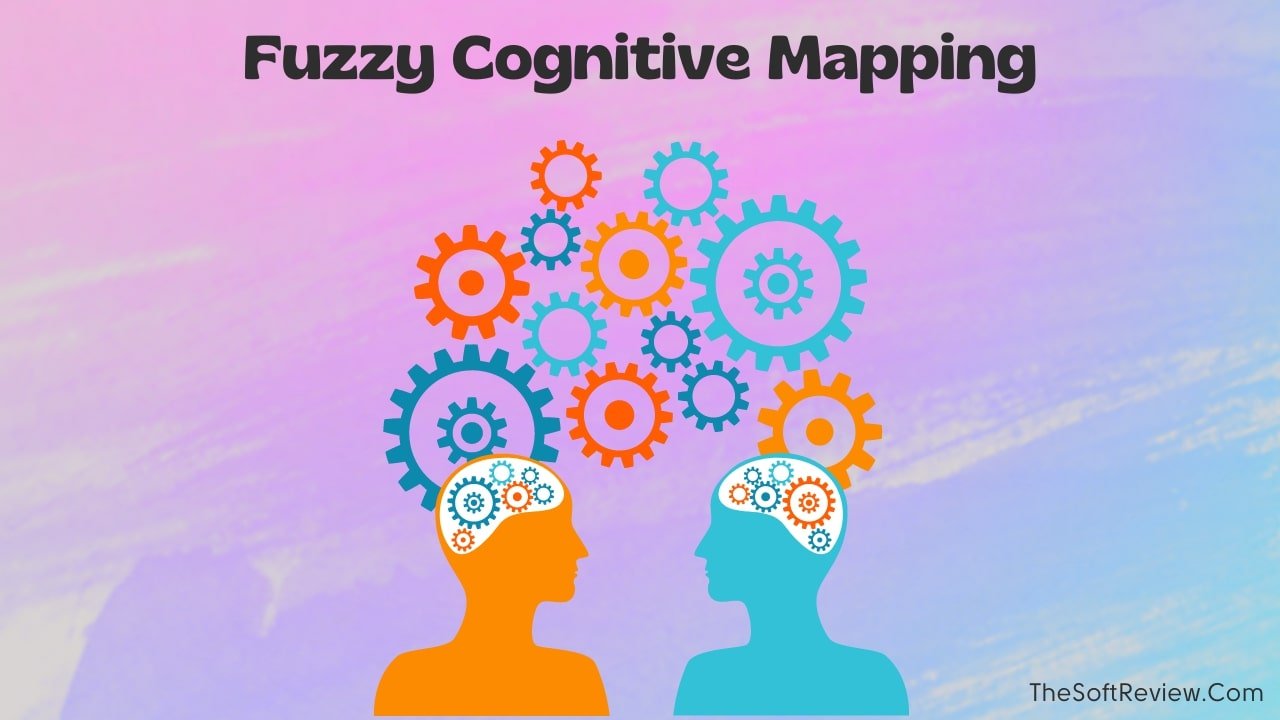
Fuzzy Cognitive Mapping (FCM) is a project management methodology that helps project managers visualize the relationships between different factors affecting a project.
It is a valuable tool for analyzing and managing complex systems, as it can help identify potential risks and opportunities and aid in decision-making. Here is how FCM works:
a. Identification of components: The system members are identified and defined in this step. These components can be anything relevant to the system, from physical objects to abstract concepts. For example, in a social network study, features might include individuals, groups, relationships, and communication channels.
b. Determination of relationships: The second step is determining the components’ connections. These relationships can be positive or negative, representing causal, feedback, or influence relationships.
For example, in a social network, a positive relationship might represent a friendship or collaboration, while a negative relationship might represent a conflict or competition.
c. Development of a cognitive map: In this step, the components and relationships are represented in a visual diagram called a cognitive map. The cognitive map is a directed graph where nodes represent the components, and edges represent the relationships between them.
Various software tools are available to help create FCMs, including Vensim, FuzzyTECH, and others.
d. Fuzzy logic analysis: In this step, the cognitive map is analyzed using fuzzy logic. Fuzzy logic allows for the representation of uncertainty and ambiguity in the system. The analysis involves determining the impact of changes to the system on each component and the overall design.
This can be done through simulations, which include adjusting the weights of the edges in the cognitive map to reflect changes to the system and observing the resulting changes in the components.
Advantages of FCM:
- FCM is a flexible methodology that can be applied to various complex systems and visualize uncertainty and ambiguity.
- A cognitive map is a valuable tool for data analysis and communication, as it can be easily shared and discussed with others.
- FCM can be integrated with other modeling and simulation techniques, such as agent-based modeling and system dynamics, to provide a more comprehensive understanding of the system.
Disadvantages of FCM:
- FCM can be a complex methodology, especially for those without a fuzzy logic or cognitive mapping background.
- FCM requires data on the components and relationships in the system being studied. The cognitive map may not accurately represent the system if data is incomplete or unavailable.
Who should use FCM?
FCM can be helpful for researchers and stakeholders interested in understanding complex systems and identifying potential interventions to improve their performance, such as Artificial intelligence, developing software, and others.
Many other project management methodologies exist, like Critical Chain Project Management, but understanding these top six methodologies would help you manage most kinds of projects.
Now, let’s take a look at how you can choose the best PM methodology for your business needs:
How to Choose the Best Project Management Methodology for Your Needs
1. Understand Your Project Requirements and The Resources Available:
Start by understanding the nature of your project and its requirements. Consider your project’s size, complexity, scope, timeline, resources, and team size.
For example, a long-term construction project may require more structure or a specific process like the Waterfall approach. In contrast, an Agile approach may better serve a short-period software project.
2. Evaluate Your Team’s Capabilities and Preference:
Consider your team’s strengths and weaknesses, experience, and expertise. Also, consider your preference when choosing a project management methodology.
Some project teams prefer a more structured approach, while others lean towards an Agile framework. Make sure to talk to your team and find out what they are comfortable with
3. Research Available Methodologies:
Several popular project management methodologies exist, including Agile, Waterfall, PRINCE2, Lean Six Sigma, and more. Research each methodology’s characteristics, principles, processes, and benefits. Consider which method will provide the most value for your specific project.
4. Consider Stakeholder Needs:
Consider the needs of your stakeholders, including customers, several, and project sponsors. Find out which method helps you meet stakeholder needs, such as project scope, quality, timelines, and budget.
5. Test the Methodology:
Before implementing the chosen methodology, test it on a small or pilot project. It will help you understand its effectiveness in real-life situations, and you can identify potential issues that may arise during implementation.
6. Monitor Progress:
Once the methodology is implemented, monitor its progress regularly. Evaluate its effectiveness and adjust as needed to ensure optimal project outcomes.
Once you’ve considered all of these factors, you should be able to choose the best project management methodology for your needs.
Now let’s talk about how a project manager can adopt any project management methodology:
How Can Project Managers Cope with Any Project Management Methodology?
Each company uses different types of methodology to handle its projects; as a project manager, you must have the ability to adapt to any project management method. Here are some tips that you can follow:
1. Identify the Methodology:
It is requisite to identify the methodology being used. To do that, you can observe its principles, processes, and terminology. You can also ask your boss to know about which methodology they use!
2. Understand and Adapt to the Methodology:
Once you have understood the methodology, it is necessary to adapt to it. You can achieve this knowledge by studying the methodology’s official documentation, attending training courses or workshops, and discussing with colleagues familiar with the methodology.
3. Learn Specific PM Software:
Depending on the methodology used, different companies may need to use different project management software to manage projects effectively. Therefore, if your company uses “Asana” to manage its projects, you must learn to use it. Likewise, if your company is using Jira, you have to learn it as well.
4. Communicate Regularly:
Effective communication is vital in any project management methodology. Project managers must communicate project goals, expectations, and progress to stakeholders, team members, and customers clearly and effectively.
You can achieve this by using appropriate communication channels, such as emails, status reports, or face-to-face meetings.
5. Keep Improving:
Project managers should always look for ways to improve their project management skills and techniques. They can do this by seeking feedback from team members, attending training courses, or networking with other project managers. So, you must keep improving your skill sets
Following these steps, you can adopt a project management methodology that best suits your team’s needs.
Final Words
A project management methodology is a set of guidelines that you can adopt to enhance your project management knowledge. There are many modern and traditional project management methodologies, but identifying the right one for your team is essential.
When picking a project management strategy, remember your team’s skill set, available resources, desired level of communication, timeframe and budget restrictions, and stakeholder expectations.
You can stay organized and ensure success with the right project management methodology. Best of luck in achieving all your project goals!
Frequently Asked Questions
1. Why Are There So Many Project Management Methodologies?
There are many project management methodologies because every team and project differs. What works for one industry may not work for another, resulting in the creation of distinct project management methodologies to fulfill these demands.
For example, the Agile method and its various frameworks are suitable for software development. Still, it would not work well for a construction project where the waterfall method would be a great fit.
2. How Can I Improve My Project Management Skills?
You can improve your project management skills by learning and practicing one or different methodologies simultaneously. As a project manager, you can follow PMI’s (project management institute) guidelines or join any other online project management course on Coursera to enhance your PM skills.
3. How Effective Are Project Management Methodologies?
Project management methodologies are highly effective in helping you manage your projects because when you follow a method, you get a clear indication of how to handle a complex project and what to do next so that you don’t get stuck in managing tasks and responsibilities. On the other hand, a PM method gives you the tools to keep improving your PM skills.










